
"To glow with ardour and attempt with zeal
The reformation of the public weal
Is the high duty of the comic muse"
~
The Times, 1779
...the high duty, or the highest paycheck?First off, I was glad that I read Angela J. Smallwood’s “Women and the Theatre” first. It helped me to better grasp the circumstances under which Elizabeth Griffith and her contemporaries were writing. Smallwood explains that after the death of Susannah Centlivre--the last and most prolific writer of the Aphra Behn style of drama--new plays by women dwindled for a while before coming back with a new face: the face of gentility. Goodbye breeches parts...
In the second half of the eighteenth century, as theatre audiences grew increasingly middle class, there was an attempt to modify the Restoration association of the actress with the prostitute and to elevate the star actress in the role of the "refined heroine." The refinement of an actress’s performance could transcend the vulgarity of her class, i.e. James Boaden's comment that Miss Younge was “born to ornament a court” (Smallwood 249).
(I find that so interesting, the idea of conflating the stage with the court. I wonder what Boaden would think if he could see today's celebrities... nowadays there is an even finer line between actors and royalty!) Attributes of proper feminine sensibility could make up for the fact that an actress was putting herself on public display, allowing certain star actresses to attain something close to social respectability in some circles of society.
Similarly, a play that upheld convention could make up for the fact that a woman had penned it. A social critique by a woman about the situation of women, though, was not likely to make it in the big business of the London theatre scene. I strongly agree with Smallwood that we have to look at later 18th women playwrights in the context of the constraints this environment imposed upon them.
Taking all this into account, I turned to Betty Rizzo's article "Depressa Resurgam: Elizabeth Griffith's Playwriting Career." I found it kind of odd... it relies heavily on biographical speculation--it compares Griffith's courtship letters to the 1001 tales of Sheherazade, of all things!--but what really troubled me was the article's seeming bias against Griffith as a writer. Rizzo implies that Griffith had no real literary talent, making her out to be a less likeable, eighteenth century version of Becky Sharp, ruthlessly pursuing financial success and making a great show with a handkerchief without actually shedding any tears. This article seems to be persuading me to
not like Griffith, emphasizing the fact that she had no wit and couldn't structure a play to save her life, and making me sympathize with Garrick for having to put up with her incessant wheedling. When Garrick finally wrote, "I see your tears, and hear your sighs, which ever female craft supplies" (Rizzo 135), I was rooting for the poor man! Rizzo's opening statement that Griffith's importance "must be granted" (120) seems reluctant, and her closing paragraph, wherein she suggests that in Griffith "a splendid spokeswoman for women's rights was corrupted" (138), seems too little, too late.
I thought
Brenna’s Wikipedia article did a much better job of presenting an unbiased picture of Griffith:
“From here her work became quite moralistic; for example,
The Times is a warning against the dangers of gambling. But, though she had to package it differently in order to retain an audience, she never fully lost her focus on women’s issues, and her female characters are always the moral superiors of their male counterparts. Overall, her texts focus on a need for moral development – literature as didactic – and she tends to use her female characters as the barometer of moral correctness.”
This summary agrees that Griffith altered her work in order to retain an audience, but it still allows that Griffith maintained at least some "focus on women's issues." In my reading of
The Times, I picked up on such a focus. In 3.1, for example:
Belford: "She is a fine young woman with a fine fortune."
Sir William: "And so may be sacrificed to some fine young man that may spend her fortune in finery, as her hopeful brother has done, and leave her a beggar." Not only does Griffith bring up the idea of a woman sacrificing her identity in marriage, she's also, I think, quite funny. Rizzo would say that Griffith's comedy is interpolated and borrowed from other playwrights (Rizzo 121-122), but I don't think this gives Griffith enough credit.
~ ~ ~ ~ ~
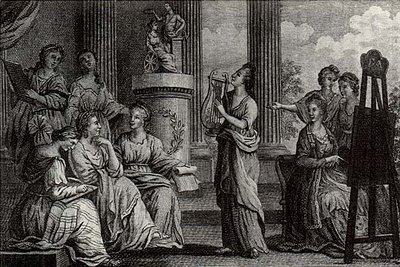
This engraving by Walker, which appeared in
Johnson's Ladies New and Polite Pocket Memorandum for 1778, was based on Richard Samuel's
original portrait of
The Nine Living Muses of Great Britain. Griffith is the one in the bottom left corner.
 So we're down to our last class of Women Onstage in the Long 18th Century... it's been fun guys, thanks for a lot of good discussions (and digressions)! I look forward to our upcoming private theatrical, in which Brenna will play a hobo on a balcony.
So we're down to our last class of Women Onstage in the Long 18th Century... it's been fun guys, thanks for a lot of good discussions (and digressions)! I look forward to our upcoming private theatrical, in which Brenna will play a hobo on a balcony.



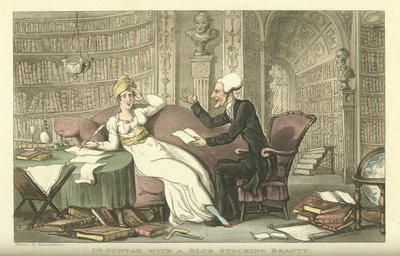

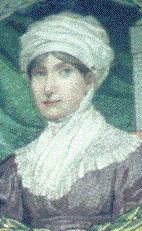
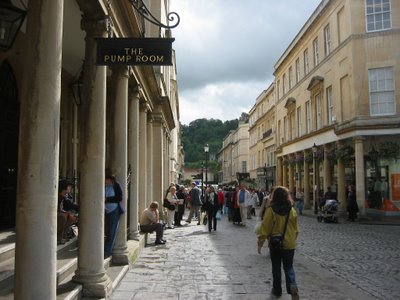
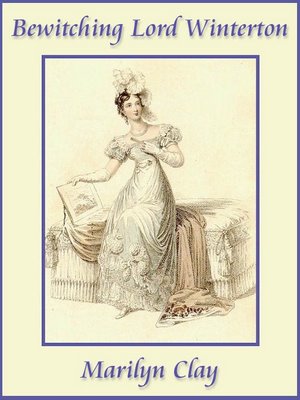

 I find it so interesting the way these plays are gradually transitioning towards the nineteenth century world (hence my paper). I really like what Wallace says about the play as a "a gesture toward an early modern cosmopolitanism" (Wallace 416), and I've also been thinking more about Smallwood's "Women in the Theatre" from last week.
I find it so interesting the way these plays are gradually transitioning towards the nineteenth century world (hence my paper). I really like what Wallace says about the play as a "a gesture toward an early modern cosmopolitanism" (Wallace 416), and I've also been thinking more about Smallwood's "Women in the Theatre" from last week.

